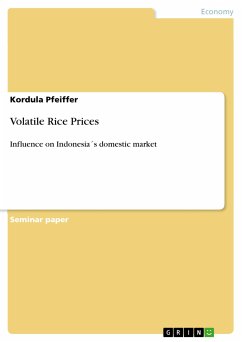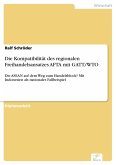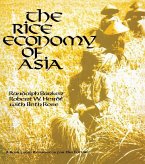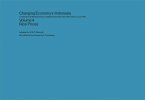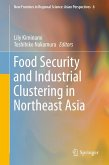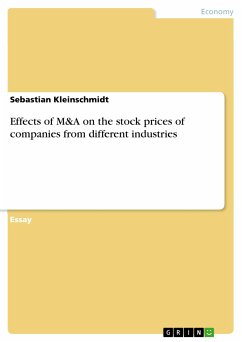Seminar paper from the year 2013 in the subject Economics - Macro-economics, general, Humboldt-University of Berlin (Department of Agricultural Economics), course: Open Economy Macroeconomics and International Agricultural Trade, language: English, abstract: This paper describes the impacts of rice price fluctuations and price shocks due to crises on domestic households in Indonesia. In the long term the country was able to reduce poverty and undernourishment, because of its steady and strong economic growth. A typical household spends nearly half of its total food intake on rice. Therefore, high rice prices make especially the poor vulnerable to price increases. In order to estimate how and to which extend rice price volatility affects demand, the daily calorie intake is focused with regard to a price increase of 10 % and 30 %. Based on the assumption that people are food insecure a total calorie intake of 2,100 calories/day/person is taken into account as poverty line. Usually households consume less rice if the price is on a higher level. In Indonesia richer households have a more price-elastic demand if rice prices increases than poor households. On the contrary, those who are net consumers or producers of rice as well as governmental supported poor households have a relatively price-inelastic demand for rice. This fact is different for households which differ in income level and location. This paper comes up with the conclusion that for rich urban households rice is a Giffen good and that they consume more of it when prices are high while the consumption of poorer rural households suffers. The same procedure applies for rural households.
Dieser Download kann aus rechtlichen Gründen nur mit Rechnungsadresse in A, B, BG, CY, CZ, D, DK, EW, E, FIN, F, GR, HR, H, IRL, I, LT, L, LR, M, NL, PL, P, R, S, SLO, SK ausgeliefert werden.

